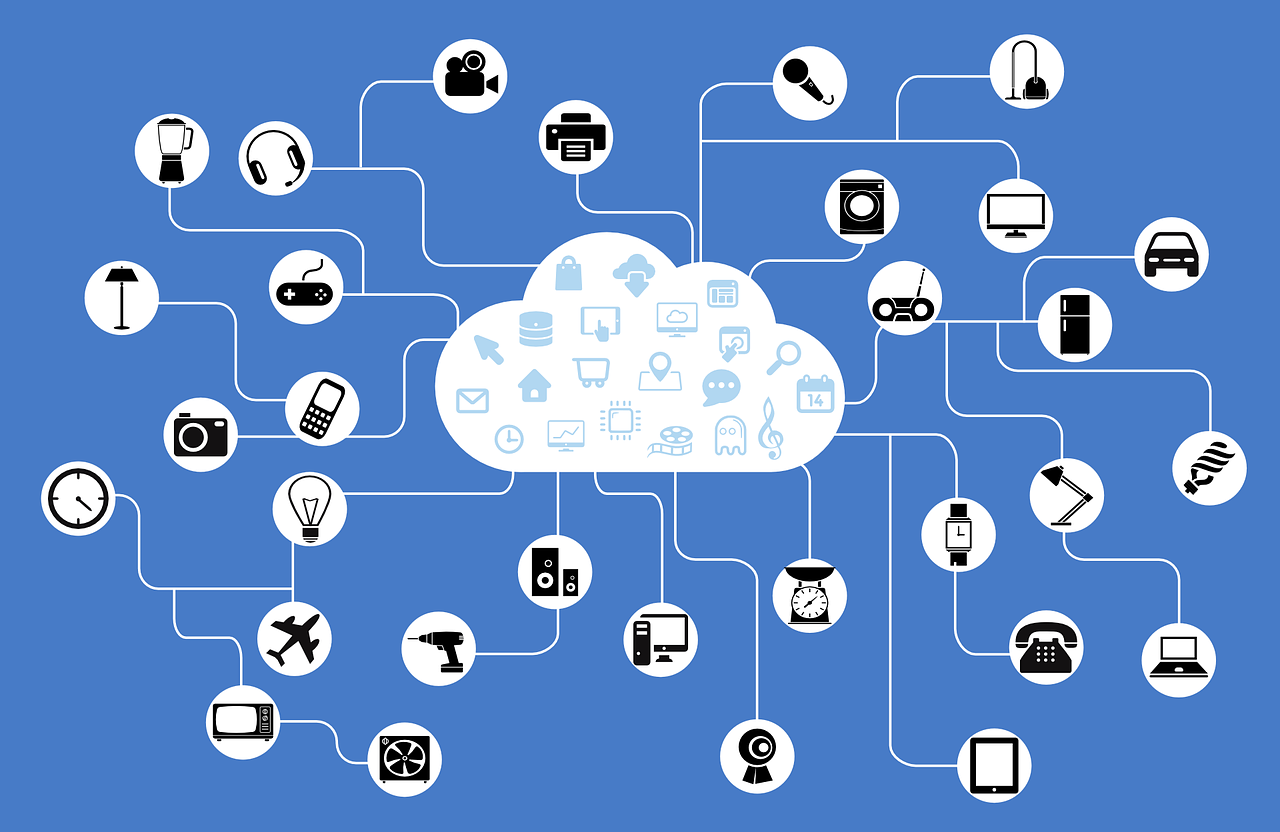In this rapidly evolving digital era, the Internet of Things (IoT) has emerged as a pivotal player, revolutionizing various sectors and shaping how we interact with the world around us. IoT offers a unique blend of technology and practicality, helping to create a more interconnected and efficient world. Its vast application scope stretches from personal everyday gadgets to vast industrial systems. However, the intricacies of IoT can seem complex and overwhelming. For many, it's an entirely new field with a unique set of challenges and opportunities. In this article, we aim to address and demystify some of the most frequently asked questions about IoT, to help you navigate its exciting landscape.
1. So, what exactly is IoT?
IoT or the Internet of Things refers to the extensive network of physical objects, or "things," embedded with sensors, software, and other technologies that enable them to connect and exchange data with other devices and systems over the Internet. These "things" can be anything from everyday household items like fridges and thermostats to complex industrial machinery. They collect and share data, contributing to a vast web of interconnected information. The ability to generate and analyze this data in real-time provides unprecedented possibilities for efficiency and connectivity.
2. How does IoT work?
IoT systems function by leveraging interconnected devices and sensors that collect data from the environment or users. This data is then processed and analyzed, often in real-time, providing actionable insights or automatically triggering certain actions to improve efficiency or user experiences. The collected data can be used to improve the functionality of the device itself, contribute to broader systems, or provide useful insights for decision-making. As IoT systems continue to evolve, we can expect even greater levels of automation and sophistication in how these processes are carried out.
3. Is IoT a new concept?
While IoT might seem like a newfangled buzzword, the idea of connected devices has been around for quite some time. Kevin Ashton, a British technologist, coined the term 'Internet of Things' back in 1999 during a presentation at Procter & Gamble. The concept was ahead of its time, envisioning a future where devices could communicate and collaborate without human intervention. However, it wasn't until the mid-2010s that IoT started gaining substantial traction, driven by advancements in connectivity, sensor technology, and data analytics.
4. How is IoT affecting businesses and consumers?
IoT's impact on both businesses and consumers is significant. From optimizing supply chains and improving operational efficiency in industries to enhancing home security and enabling smart appliances for consumers, IoT is transforming the way we live and work. Consumers are enjoying enhanced user experiences and improved convenience, while businesses are achieving increased efficiency and productivity. The potential applications for IoT are vast and continue to grow as the technology evolves.
5. What industries benefit from IoT?
IoT's potential is vast, spanning across numerous sectors. Manufacturing, healthcare, agriculture, logistics, retail, and many other industries are leveraging IoT technologies to streamline operations, enhance customer experiences, and facilitate decision-making. Each industry brings a unique set of challenges and opportunities to the table, and the adaptability of IoT solutions allows for a wide range of applications. The implementation of IoT in these sectors has already shown impressive results, and the future is promising.
6. How big is IoT?
With an ever-growing number of devices connecting to the Internet each day, the scale of IoT is immense and expanding. IoT's scale is not just defined by the sheer number of devices but also by the vast amount of data these devices generate. According to some estimates, there will be over 75 billion

